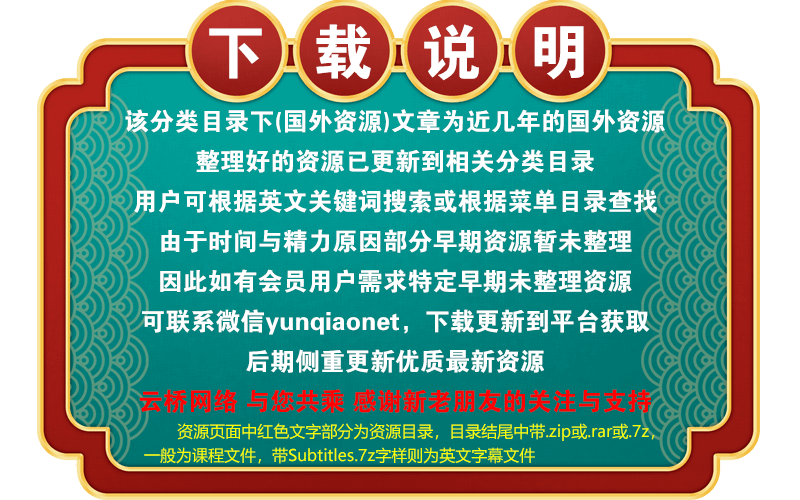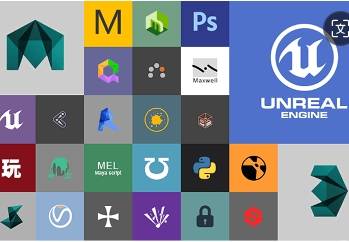Release date:2019, March 14
Duration:01 h 34 m
Author:Joel Bradley
Skill level:Intermediate
Language:English
Exercise files:Yes
Learn how to create and optimize materials for architectural visualization in Unreal Engine. In this course, join instructor Joel Bradley as he explores the benefits and drawbacks of some of the most popular visualization workflows, sharing techniques that can help you make your projects look their best. Learn all about the Unreal Material Editor, including how and when to use it. See how to build a base material with the Material Editor that you can reuse on your projects when needed. Plus, discover how to save time by leveraging resources in Substance Source and Substance Share; how to put the Bitmap2Material (B2M) application to good use; and how to create textures procedurally.
Topics include:
Geometry detail vs. texture detail
Advantages of bitmaps in Unreal
Building materials inside Unreal
How and when to use the Material Editor
Building flexibility into materials
Using Substance Source and Share
Using B2M inside Unreal Engine
Benefits of procedural texturing00. Introduction 01 – Create materials that look as real as possible in Unreal Engine
01. Important Workflow Considerations 02 – Why is UVW mapping important 03 – Geometry detail vs. Texture detail 04 – Why texture procedurally 05 – The advantage of bitmaps in Unreal 06 – Understanding scale and resolution 07 – Environment vs. asset texturing 08 – Our choice of texturing application
02. Building Materials Inside Unreal 09 – How and when to use Unreals Material Editor 10 – Creating a new Material 11 – Setting up the base colour 12 – Adding the roughness 13 – Blending the normal maps 14 – Exposing parameters for reusability 15 – Build flexibility into materials
03. Using Substance Source and Share with Unreal 16 – Downloading the Substance plugin 17 – Using Substance Share 18 – Accessing and navigating Substance Source 19 – Using downloaded .sbs files in Designer 20 – Taking .sbsar files into Unreal
04. Putting Bitmap 2 Material to Good Use 21 – What makes a good starting photo 22 – Using the B2M standalone application 23 – Utilizing B2M inside Substance Designer 24 – Using B2M inside the Unreal Engine 25 – Working with patterns in B2M
05. Benifits of Procedural Texturing 26 – Understanding the Relative to Parent option 27 – Creating tileability 28 – Adding flexibility to our materials 29 – Simplifying materials for game engine use
06. Conclusion 30 – Next steps
 Channel and
Channel and  Group
Group
1、登录后,打赏30元成为VIP会员,全站资源免费获取!
2、资源默认为百度网盘链接,请用浏览器打开输入提取码不要有多余空格,如无法获取 请联系微信 yunqiaonet 补发。
3、分卷压缩包资源 需全部下载后解压第一个压缩包即可,下载过程不要强制中断 建议用winrar解压或360解压缩软件解压!
4、云桥网络平台所发布资源仅供用户自学自用,用户需以学习为目的,按需下载,严禁批量采集搬运共享资源等行为,望知悉!!!
5、云桥网络-CG数字艺术学习与资源分享平台,感谢您的赞赏与支持!平台所收取打赏费用仅作为平台服务器租赁及人员维护资金 费用不为素材本身费用,望理解知悉!



评论(0)